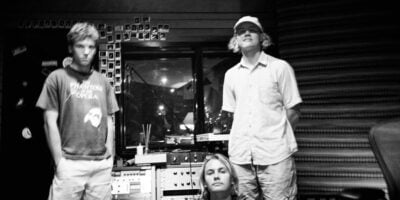What makes a horror film scary? Is it blood and gore? Is it terrifying special effects? For me, the horror films that truly get under my skin are the psychologically devastating ones.
A stunning twist from M. Night Shyamalan is always appreciated, the grotesque imagery of an Ari Aster film is always likely to thrill, but the most unnerving horror film I’ve watched in recent years cost just $1.7 million to make. And it was shot in Australia, in the little rural Victorian city of Ararat.
Lake Mungo was released in 2008, a psychological horror film that made excellent use of the then-ubiquitous rockumentary format. It premiered at the Sydney Film Festival that year, and was also shown at the prestigious South by Southwest in Austin, Texas in 2009.
Yet over a decade later, its reputation only remains intact in horror and cult film circles. While the likes of The Babadook – rightly – have received adulation, Australia and the world has mostly forgotten Lake Mungo.
I watched a grainy YouTube trailer for the film beforehand – it promised a limp Blair Witch Project rip-off, as was all the rage back then. That couldn’t have been further from the truth.
Joel Anderson’s film is set in the immediate aftermath of the mysterious drowning of Ararat teenager Alice (Talia Zucker) in a local dam. Her parents, Russell (David Pledger) and June (Rosie Traynor), and brother Mathew (Martin Sharpe) are struggling to contend with the events of her death, slowly suspecting that all is not as it seems.
I watched it with my Australian partner, who was utterly unnerved by how strikingly real the film felt; if you didn’t know Lake Mungo was fictional, they told me, you’d fully believe it was a genuine ABC TV documentary. That’s because Anderson operated the docufiction and found footage format like an experienced professional, rather than someone making their first feature.
Given its meagre budget, it was visually hazy, certainly, but that only enhanced the feeling of dread. As the family discussed the possibility of supernatural occurrences relating to Alice’s death, the fact that the grey palette of the film might be hiding a ghostly presence was unsettling.
Aside from one electrifying moment towards the end – it’s better not to spoil it – jump scares were avoided, and the film was more horrifying for it; expecting something to happen is always scarier.
As haunting images of Alice begin to appear more and more in home videos and pictures, the family reach out to a radio psychic in the hopes that he can get in touch with Alice. As the film ends up in the NSW outback for a spine-tingling climax, a final wholly unexpected revelation emerges about Alice, the type of horror finale that spins fans into a frenzied search for possible meanings and explanations.
The ‘dead teenage girl’ story has been done and overdone (there are nods to David Lynch’s Twin Peaks in Lake Mungo, incidentally) but the power of Lake Mungo is in its many layers: it’s a profound meditation on grief, and how we can never really relinquish its hold on us; it examines our modern relationship with media, where everything is seen and everything is analysed; it knows that the greatest horror is what lies in each of our own imaginations.
In an era of cinema where everything has to have an origin story, where all art seemingly must be explained down to its precise detail, the greatest thing about Lake Mungo is that the mystery lingers long after the film finishes: Anderson wants us to remember that some things in life should remain unknowable and secretive; life would be immensely boring otherwise.
That Anderson never made another film only adds to the mystique of his debut; I tried to find trace of him online with little reward. But Lake Mungo doesn’t deserve to be treated as only cult fiction or an underground legend. Watch it this Halloween and realise what a horror masterpiece it is.
For more on this topic, follow the Film & TV Observer.































![It’s all set up in a documentary style, like something you would run across late-night on the ABC. This found-footage format saw it slotted into the run of post-Blair Witch horror movies of the late 2000s, like the 2007 franchise-starters Paranormal Activity and [Rec]. It’s easy to see why a savvy but under-resourced film-making team would go this route – it’s low cost to produce, there’s a clear commercial niche, and low-res video provides the perfect murky visual field to stage some spooky jump scares. But with one exception, Lake Mungo largely foregoes shocks in favour of a spine-tingling atmosphere of dread. The film-makers don’t rest on the format as a vehicle for cheap thrills – this is the rare low-budget spooker that convincingly doubles as a portrait of bereavement. When Alice’s spectre starts turning up in family photos and home videos, the Palmers turn to a local radio psychic to make sense of these ghostly apparitions. The film then self-reflexively becomes about the nebulous proofs of supernatural phenomena made possible through camera technology, and about the mindset of the audience that buys into them. But Anderson has yet more cards up his sleeve, and offers answers only to expose deeper questions. It’s clear he set out to deliver a real movie, with patient plotting, dramatic revelations, and defined character arcs. Even more remarkably, the cast and crew managed all this without a typical script – in pursuit of documentary authenticity, they shot with little rehearsal or blocking, working from detailed scene breakdowns, with Anderson eliciting dialogue by posing as the behind-camera interviewer. Eventually Lake Mungo winds its way to a climax at the titular archaeologically significant site in far-west NSW, and to one last revelation about Alice’s final days. Here the film delivers its big horror movie moment, and it is a doozy – eerily strange and blood-curdling enough to set off that wave of YouTube explainer vids and fan dissections. But what’s special about this scene is that it finally re-frames Alice’s fate not as a mystery to be broken open and picked apart, by the viewer or even by her loving family, but as something cosmically unfathomable, and terribly personal. Unlike so many of the dead-teen-girl narratives that litter contemporary media, Lake Mungo lets its absent heroine keep some secrets in her grave.](https://images-r2-1.thebrag.com/tb/uploads/2021/10/lake-mungo-halloween-feature-768x535.jpg)


